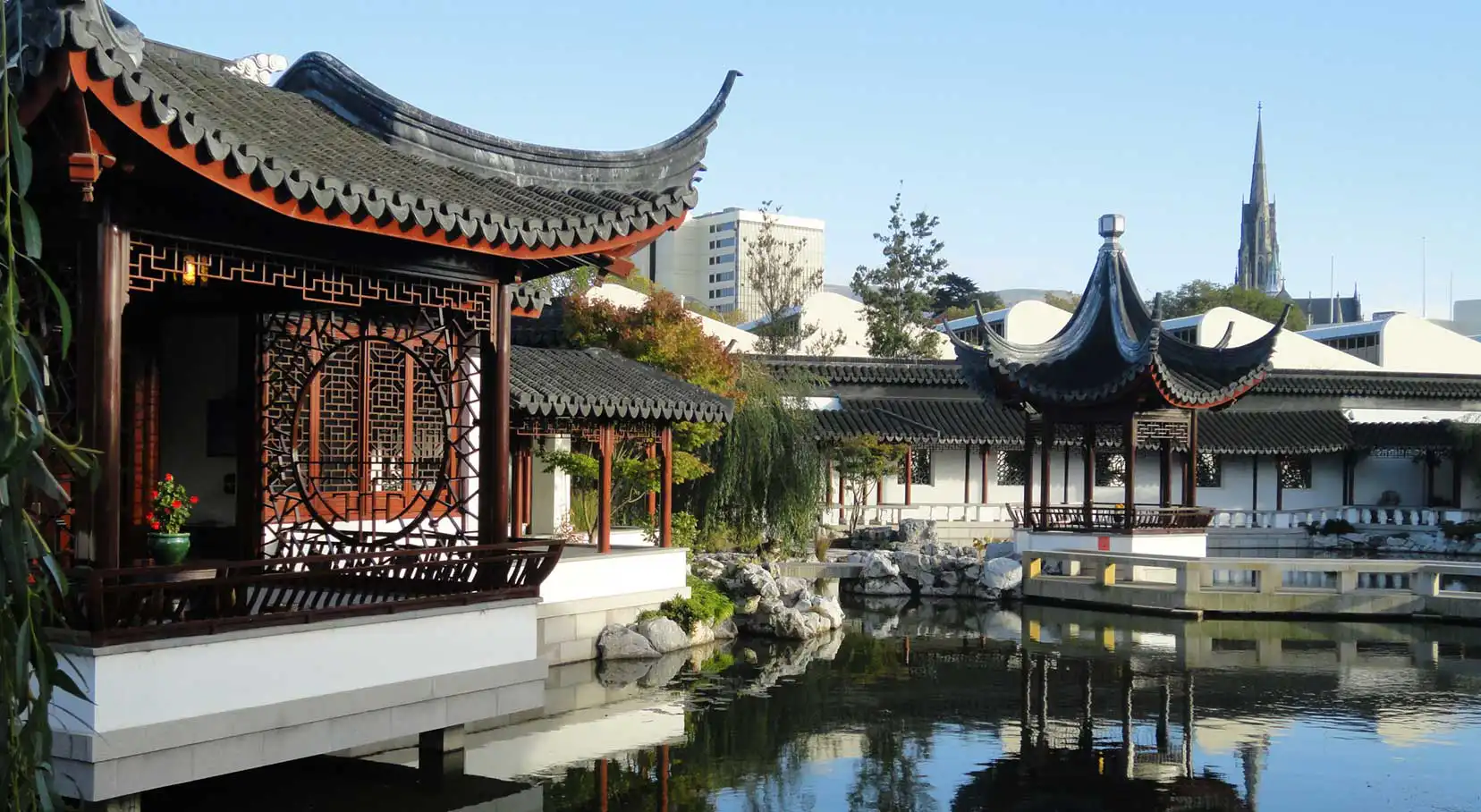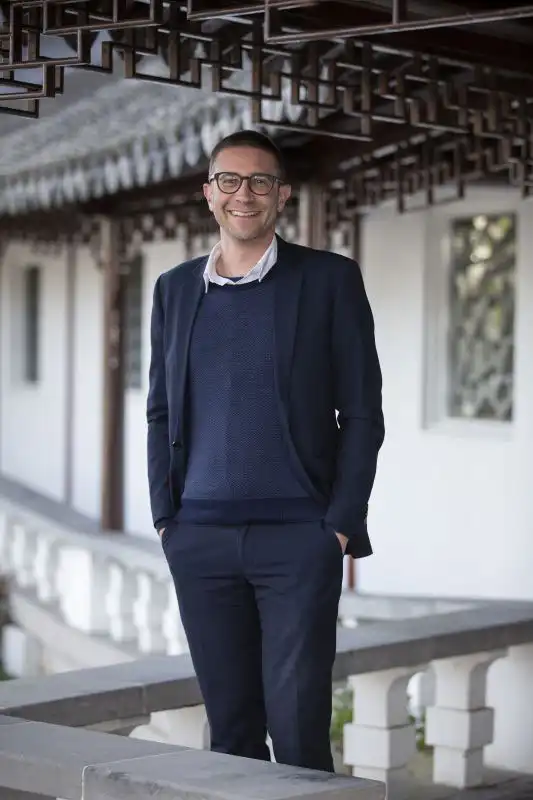What's On
Contact
- 39 Queens Gardens, Dunedin, New Zealand
- Phone: 03 477 3248
- Email: chinesegarden@dcc.govt.nz
© Dunedin City Council 2004-2025 All rights reserved

Lan Yuan, Dunedin Chinese Garden uses authentic Chinese materials crafted by a team of artisans/craftsmen from Dunedin's sister city of Shanghai. In addition to the hand-made wooden buildings, the Garden features hand-made tiles, bricks and lattice-work and hand-finished granite paving stones.
During the Ming dynasty, Chinese scholar’s gardens were an art form that flourished in China. Making one of these gardens was the preferred leisure pursuit of the scholar class, a way of creating a spiritual retreat from the stresses of worldly concerns. To build a garden, it wasn't as simple as you'd think. A scholar had to understand feng shui, hydraulics, philosophy, history, literature and architecture. The garden was a showcase of the scholar’s knowledge, a platform for his personal taste and, more importantly, a spiritual interpretation of nature.
You may not have noticed, but at the end of the double corridor at Lan Yuan, Dunedin Chinese Garden, there is a scholar’s study tucked around the side. This secluded area is the quietest and most serene part of Chinese scholar’s gardens. The study is an important part of an authentic Chinese garden, as it serves as the sanctuary for the master of the house. It was here the scholar would spend his time writing poetry and music, practising calligraphy, painting and studying, all in an environment that encouraged contemplation. These were considered to be the hallmarks of proper nobility. The garden served as the perfect setting for entertaining important guests, and was also a sign of social status.

In keeping with the tradition of scholarly gardens, Lan Yuan has its own scholar and honorary curator – Associate Professor James Beattie.
A historian who works part-time for Victoria University of Wellington alongside his Lan Yuan role, Associate Professor Beattie has a great depth of knowledge about such gardens including more than 70 articles and chapters and 12 books.
Aside from being works of art in themselves, the gardens Lan Yuan was modelled on were also sites of learning, socialising, reading and politicking for their owners, their families and friends. They boasted extensive libraries and art collections and provided a focus for creative endeavours including painting, poetry composition, reading and writing.
That traditional focus on the written word fits well with Dunedin’s status as a UNESCO City of Literature.
Associate Professor Beattie, who is based in Dunedin, is able to provide advice and support for cultural and historical events at the garden. He is also focused on spreading international awareness of the garden with the aim of attracting international events such as conferences and cultural gatherings and to enable Lan Yuan to fulfil its purpose as a living, creative space.